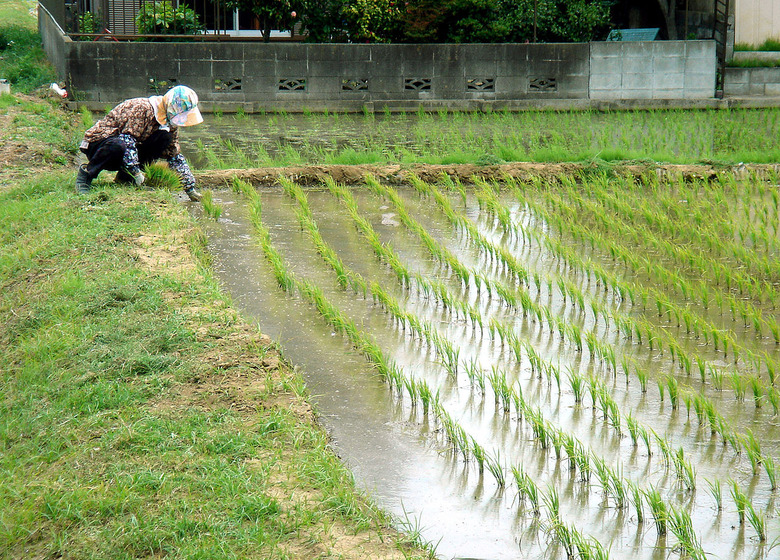This Genetically Modified Rice Could Make More Food And Reduce Greenhouse Gases
Scientists at the Swedish University of Agricultural Sciences are working on a genetically modified strain of rice that combines barley genes with rice genes.The result would be a high-yielding, starchy rice plant that produces less methane gases than regular rice paddies. This plant, which pumps much less gas into the atmosphere, could have an impact on the severity of the greenhouse effect.
According to Ars Technica, methane gas emissions are the natural result of humidity in rice paddies; the wetlands where rich is cultivated emit methane gas in low-oxygen conditions. It is estimated that more than 25 million metric tons of methane enter the atmosphere every year as a result of the demand for rice worldwide. The Intergovernmental Panel on Climate Change estimates that methane is 84 times more potent than carbon dioxide as a greenhouse gas. However, this new GMO rice could pose a solution: the Swedish rice produces 90 to 99 percent fewer emissions than traditional rice.
The research development would provide "a tremendous opportunity for more-sustainable rice cultivation," the researchers wrote in the accompanying essay.
